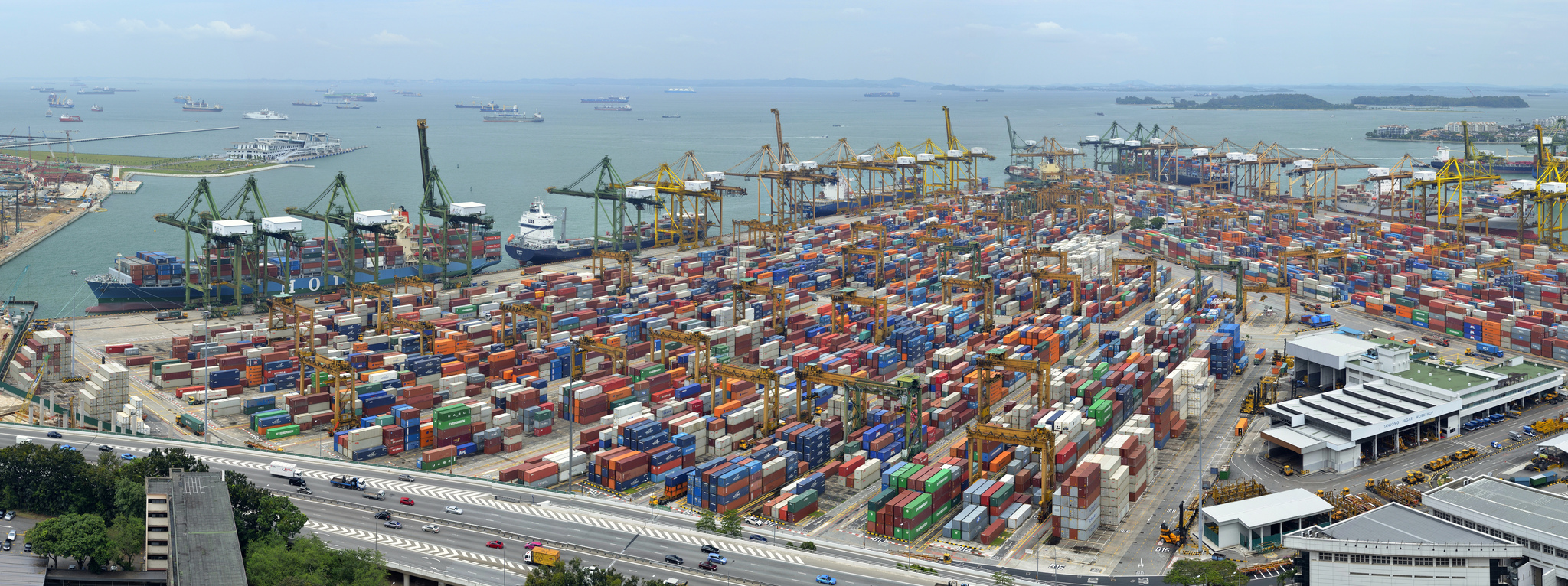Since its announcement, backers of the Master Plan for ASEAN Connectivity 2025 (MPAC 2025) have called for cooperation between it and China’s 21st Century Maritime Silk Road (MSR). The ASEAN Ports Network, a facet of MPAC 2025 intended to connect 47 ports across the 10 ASEAN nations, would seem to be a perfect point of infrastructural cooperation between China and ASEAN. But the shift in geopolitical calculations resulting from such a partnership could cost ASEAN more than it bargained for.
ASEAN has not yet promoted transportation infrastructure projects as part of the MPAC 2025 because of a lack of funding. During the ASEAN summit in November 2016, experts estimated that the region would require up to $110 billion in infrastructure investment yearly in order to bridge the infrastructure gap between developed and developing economies in the region. This figure was twice the amount put forward by the Asia Development Bank (ADB) in 2015, which was about $60 billion per year.
Under such circumstances, the One Belt One Road (OBOR) initiative of China, together with financial institutions such as the Asia Infrastructure Investment Bank (AIIB) and the Silk Road Fund, breathes new life into ASEAN’s connectivity hopes. During the 17th ASEAN – China Summit in 2014, ASEAN officials said they “appreciated China’s continued support” in realizing MPAC, while at the same time “expect[ing] AIIB to provide financial support to regional infrastructure projects, with an emphasis on supporting the implementation of the MPAC.”
Although the argument for Beijing’s investment in the ASEAN Ports Network may have a solid financial foundation, it lacks a strategic understanding of the MSR. China has its own calculations in connecting infrastructure that ASEAN strategists should carefully consider. There are two motives underpinning Beijing’s infrastructure politics.
The first is unifying different types of infrastructure, including roads, railways, ports, waterways, as well as manufacturing, logistic, and storage zones for Chinese enterprises in the region. Beijing has carried out similar models in Africa, and the recent proposal for the “East Coast Rail Line” in Malaysia follows this blueprint. According to a Straits Times report, the construction of new roads and flyovers from the port complex to a nearby industrial park is almost complete, and the East Coast Rail Line project will connect ports on both coasts of peninsular Malaysia to Kuantan Port.
The second motive is building secondary trade routes that avoid the major bottleneck of the Strait of Malacca. Currently, China has as many as 29 of its 39 maritime routes, around 60 percent of exported and imported goods, and 80 percent of its imported oil going through this strait. Leaders in Beijing have long wrestled with this security dilemma – describing Malacca as a “knot at the top of a neck” without any easy solution. With this strategic weakness in mind, China does not want any roadways or waterways they develop to lead to ports around the South China Sea, necessitating transit through the Straits of Malacca. Instead, China is making efforts to build alternative routes that connect to the Indian Ocean over land, bypassing the bottleneck.
China has promoted the construction of several railways across Southeast Asia since 2010, including two routes in Thailand and Laos (which did not start until the end of 2015), and a planned railway connecting China to the Indian Ocean through Myanmar. That intended railway route, which would carry oil, gas, and goods between Kyaukpyu Port on the west coast of Myanmar and Kunming in southern China, will connect to the Bangladesh, China, India, and Myanmar Economic Corridor and the China–Pakistan Economic Corridor. At that point, China would have three routes bypassing the Straits of Malacca. These three routes will not only be shorter, but also much more secure for China.
Connected infrastructure can function as a tool of power. Dominant powers will try to reshape regional infrastructure to meet their self-interests. The Suez and Panama Canals and their tumultuous histories are clear evidence of the import placed on transportation and trade infrastructure. Their importance as transportation hubs for the hegemonic power projection of the United Kingdom and the United States also cannot be overstated.
ASEAN’s hopes for transportation connectivity with China leading to increased profit for all fail to take into account China’s wider strategic view. Though China’s statements about OBOR align with ASEAN financial aspirations, these infrastructure systems hold a very different strategic weight for Beijing than they do for ASEAN. If strategists in Southeast Asia do not take this into account, the new infrastructural connections—which would tie Southeast Asian nations individually to China, rather than connecting China with ASEAN as a whole—would pose a threat to ASEAN connectivity, a key principle in the strength of the organization. By dividing and conquering, China will exert a powerful influence over each ASEAN country.
